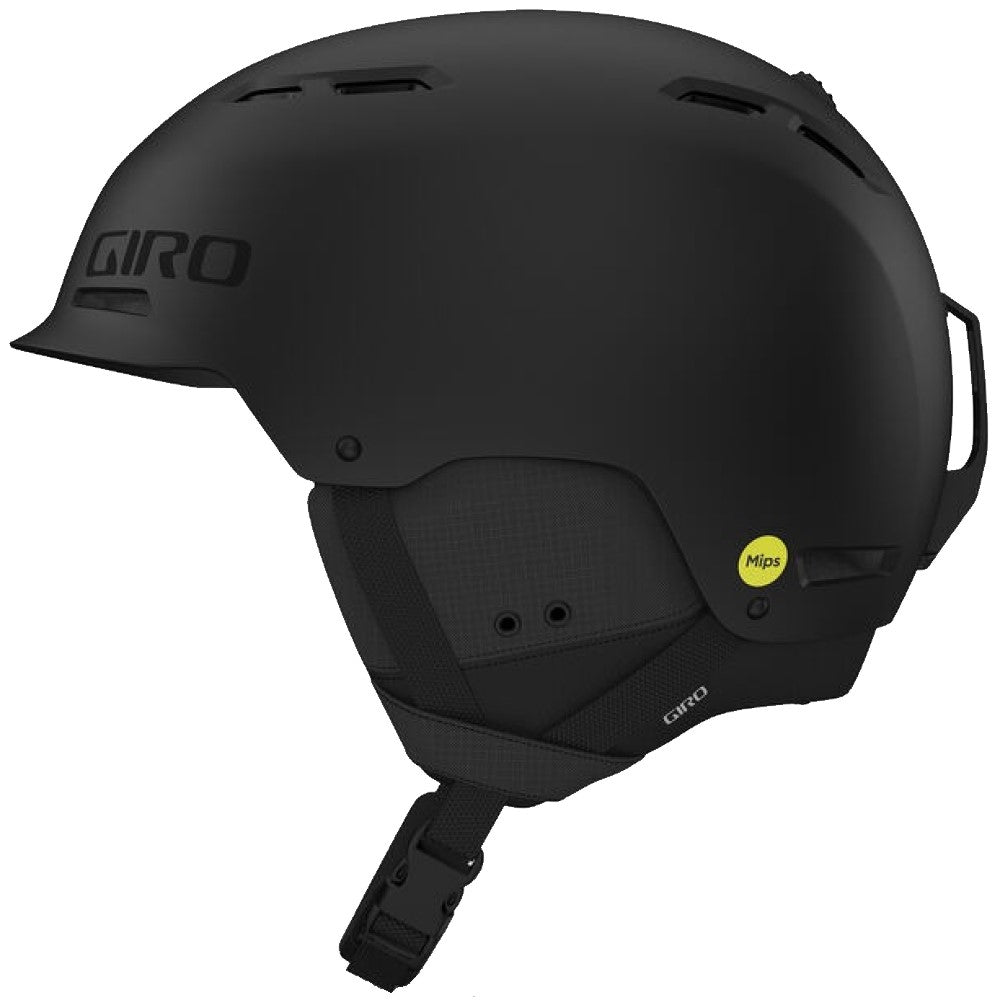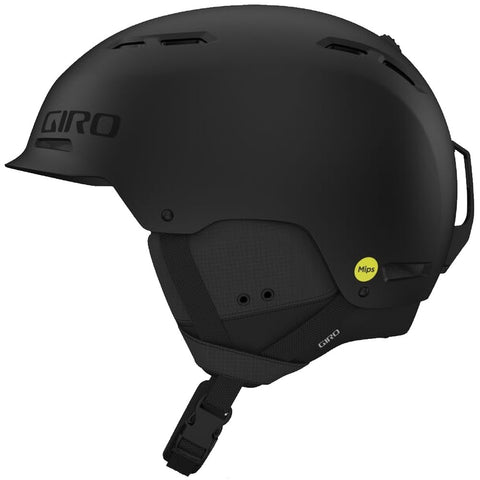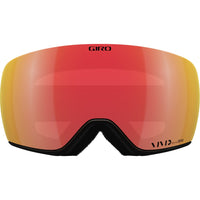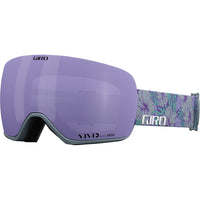











Giro Trig MIPS Helmet
Delivery
Pick Up In Store
${drawerProduct.title}
Rhythm Snowsports Cooma
Rhythm Snowsports, 8 Sharp Street, Cooma NSW 2630
Summer Opening Hours
Retail & Hire
9am - 4pm daily
Service Station
7 am - 7pm (Midnight on Friday)
Winter Opening Hours
Open 24 hours (Subject to demand)
Rhythm Pop-Up Shop
132 Sharp St, Cooma NSW 2630
Summer Opening Hours
Mon - Fri
9am - 4pm daily
Saturday
9 am - 1pm
Sun
Closed
Winter Opening Hours
Mon - Fri
9am - 4pm daily
Saturday
9 am - 1pm
Sun
Closed
Rhythm Smiggins
16 Link Road, Smiggin Holes, Perisher Valley 2624
Summer Opening Hours
Closed for summer
Winter Opening Hours
Retail & Hire
7.30am - 5.30pm daily
June Long Weekend to September






Giro Trig MIPS Helmet
Easy Returns
14 days for refund or 365 for exchange!
Our Return Policy.
Fast Dispatch
Order by 1pm and we ship that business day.
Our Shipping Policy.
Product Details
| Helmet Type |
|
| Target Gender |
|
| Construction |

|
| Features |
|
Product Details
| Helmet Type |
|
| Target Gender |
|
| Construction |

|
| Features |
|
Sizing
| Sizing |

|
Sizing
| Sizing |

|
Video
Video
Buying Guide
| Intro |
|
| Size & Fit |

|
| Safety Technology |
|
| Comfort Features |
|
| Final Check |
|
Buying Guide
| Intro |
|
| Size & Fit |

|
| Safety Technology |
|
| Comfort Features |
|
| Final Check |
|
Reviews
Reviews

Live For This: Explore
We live for the moments the distractions dissolve and all that’s left is the next adventure.




















